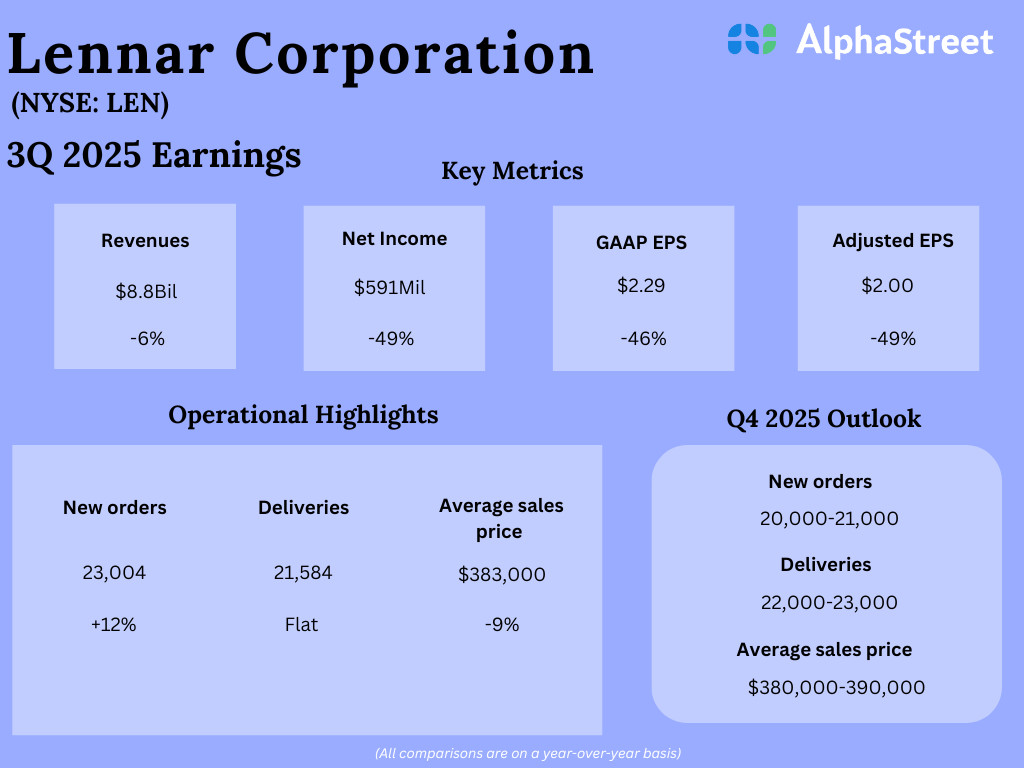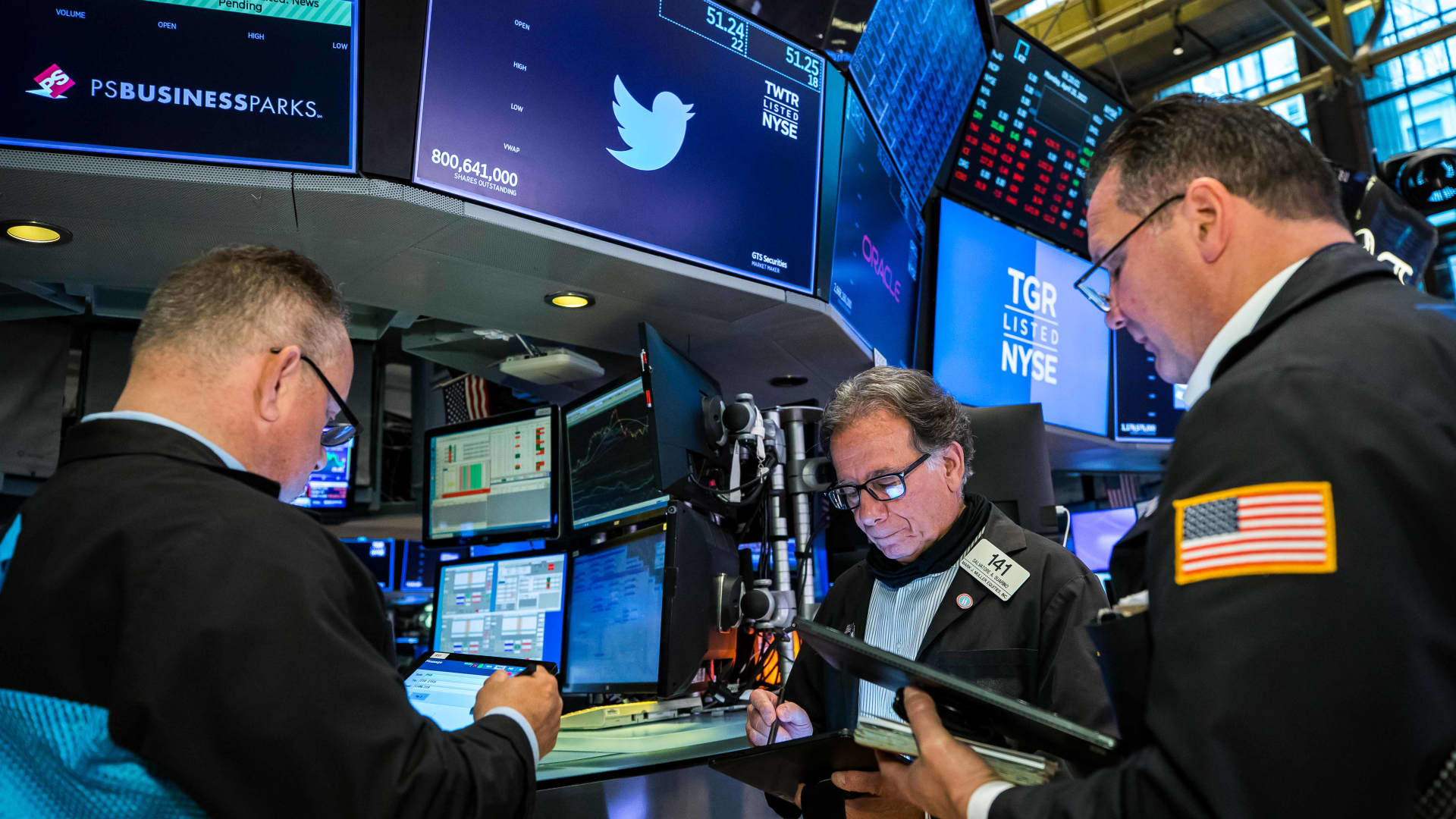JHVEPhoto
Semiconductor companies had a rough 2022 as every facet of the industry − from CPUs to GPUs, equipment companies and even foundries − did not escape the downturn.
Behemoths like Nvidia (NVDA) and Qualcomm (QCOM) saw their shares lose 40% or more of their value, as did smaller players such as Skyworks Solutions (SWKS), Qorvo (QRVO) and Wolfspeed (WOLF).
However, those declines look mild compared to what happened to Advanced Micro Devices (NASDAQ:AMD) and Intel (NASDAQ:INTC) this year.
AMD (AMD) fell nearly 58% this year due to, among other things, the company pre-announcing poorly received third-quarter results. That weakness demonstrated that not even the progress AMD (AMD) made in the data center and PC markets was enough to get investors to rally behind the company’s stock.
However, some Seeking Alpha contributors correctly predicted the semiconductor sector’s downturn in advance. Here are some of Seeking Alpha editors’ picks for 2022’s best contributor columns about the industry:
AMD’s No Good, Very Bad Year
Seeking Alpha contributor Tech Stock Pros foresaw the downturn in AMD (AMD) months ago.
On April 23, Tech Stock Pros said it was “almost certain” that AMD (AMD) was headed for a fall, and advised investors to sell the stock. At the time, AMD (AMD) was trading near $90 a share, compared to its current level of around $64 a share.
Tech Stock Pros said AMD’s (AMD) growth and outperformance would moderate in 2022’s second half. The firm predicted that the total addressable market for PCs would “normalize” as strong growth seen during the COVID-19 pandemic returned to normal, while GPU demand would decline as cryptocurrency markets weakened.
Both of those forecasts were exactly what happened, as the PC market is now expected to decline roughly 12% in 2022 to approximately 305M units. Additionally, crypto markets crashed in 2022 as Bitcoin and Ethereum, the two most popular cryptocurrencies, fell more than 60% each.
Tech Stock Pros added that improvements in the global supply chain were likely to add to additional supply for the game console market, where AMD (AMD) has a dominant position.
The researchers also pointed out that any benefit AMD (AMD) was slated to receive from its Xilinx and Pensando purchases would help it gain share in the data center market (another prescient call), but that “investors should not buy on weakness.”
At the time, the researchers wrote, “We believe AMD’s stock price has yet to reflect its downside fully, and its end market demands are up for correction soon.”
As if Tech Stock Pros outlook proved even more on point, the researchers even said they wouldn’t be surprised to see AMD (AMD) shares “get to $50 levels during the year.” By Oct. 13, AMD (AMD) had fallen to a 52-week-low of $54.37 a share.
The stock has bounced a bit since, but the resumption of the sell-off in November and December has continued to hit the semiconductor industry, and in conjunction, AMD (AMD).
Intel’s Annus Horribilis
Intel (INTC) had a annus horribilis (Latin for a “year of disaster”) in 2022 as its shares plunged more than 50%, but the disaster started before the calendar even turned.
In December 2021, Intel (INTC) disclosed it would seek to spin off Mobileye (MBLY) in an initial public offering in 2022.
However, Seeking Alpha contributor Stone Fox Capital predicted in early January the move would not unlock any value.
At the time, Intel (INTC) valued Mobileye (MBLY) at roughly $50B, but Stone Fox Capital pointed out that the company only generated $1.3B in revenue during 2021. That meant the IPO would essentially value Mobileye (MBLY) at roughly 38 times sales.
Stone Fox Capital added that the IPO looked like a “desperate attempt” to raise money for Intel’s (INTC) new fabs as the company transitioned towards becoming a foundry, making chips for other clients.
By October, Intel (INTC) had cut the valuation of Mobileye (MBLY) to less than $16B. The unit eventually went public at $21 per share, giving it a market cap of $16.7B as equity markets rebounded somewhat in October. That’s a far cry from the initial $50B valuation.
Stone Fox Capital also posited that any attempt by Intel (INTC) to “unlock value” for its shareholders was negated, as all of the value would go to Mobileye (MBLY). That proved to be correct.
Since its IPO, Mobileye (MBLY) shares have gained nearly 21%, while the broader market is down over that time frame.
As Intel (INTC) still retains a significant portion of Mobileye (MBLY) on its books, indicating it does not want to lose the value it sees in it, Stone Fox Capital added that the Pat Gelsinger-led Intel (INTC) would likely “need to raise some cash to fund the aggressive foundry expansion plan.”
That also proved prescient, as Intel (INTC) announced a joint venture worth some $30B with Brookfield Infrastructure Partners (BIP) (BAM) in August to help pay for its factory expansion plans.
What Will AMD Do in 2023?
While it’s anyone’s guess what 2023 holds for markets, Seeking Alpha columnists are split on the forecast for AMD (AMD).
Contributor Envision Research suggested recently that investors who focus on the big picture will be rewarded, as the “discrepancy between its valuation and profitability is simply too large.”
Conversely, Motek Moyen, who had recommended AMD (AMD) in the past, said technical indicators and fundamental data aren’t currently in the company’s favor.















